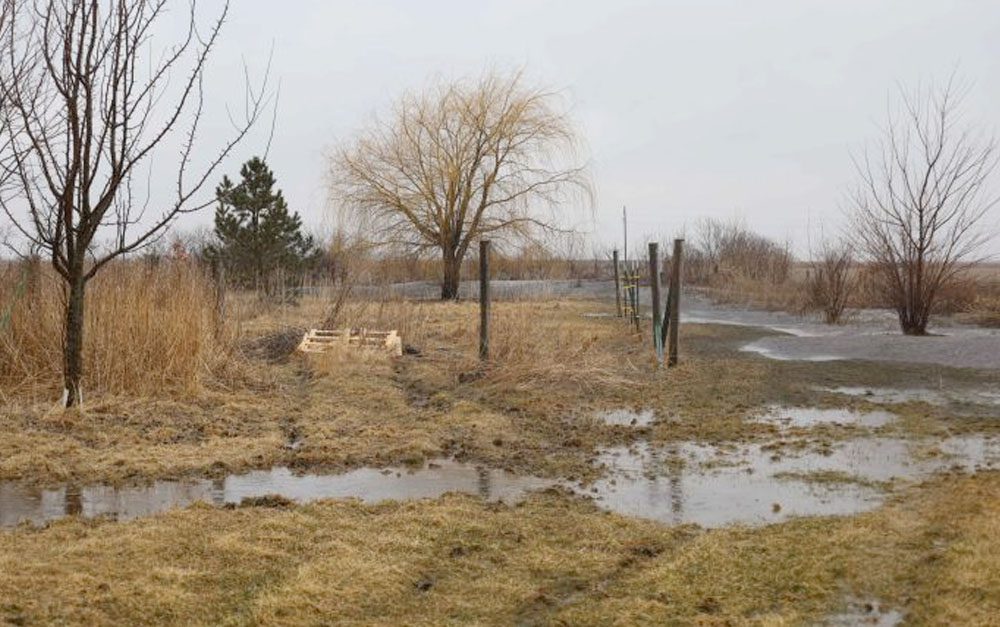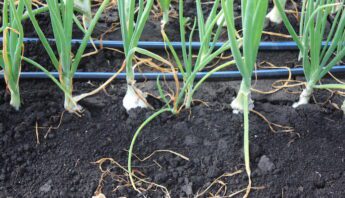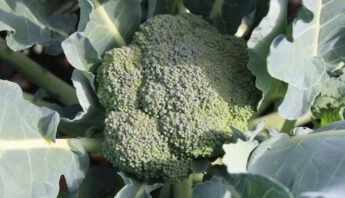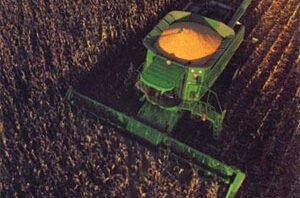March in Iowa is a peculiar crossroads between seasons. It is not at all uncommon to have snow and ice storms and it is also possible to have warm days bathed in golden sunshine. At my farm, there is still frost in the ground, so the cold rain simply sits in the low areas. The remnants of dirty snow drifts, evidence of wind erosion from neighboring row-cropped fields, are still visible.
As I walk around the farm, I am tempted to describe it all as ugly and inhospitable. But, I know this is not the truth. There are signs of change that portend an amazing and fruitful future. The yellow branches on our willow tree tell us that sap has begun to run and our perennial plants are beginning to awaken. The gentle rain will help ease the frost from the ground and prepare it for new growth. There is a bountiful harvest and natural beauty here if we give it the opportunity to be realized.
This is also the time of year when the damage caused by chemical intensive farming practices, with large-scale, single crop fields seems most apparent to me. So many fields are tilled right up to the edges, encroaching on fencerows and ditches and resulting in more soil erosion as the rains hit unprotected soil.
The landscape is bleak and the remaining diversity and wild-spaces seem sparse and inadequate in the face of the widespread desolation created by the reliance on two field crops. Did you know that 23 of Iowa’s 26 million acres of cropland are dedicated to corn and soybeans? In a world where diversity indicates health, this commitment to monocropped fields isn’t a good look.
It is tempting to look around and succumb to hopelessness and despair. Will we ever see a Spring landscape with diverse crops on smaller farms, surrounded by wild spaces and healthy waterways in Iowa and the rest of the Midwest?
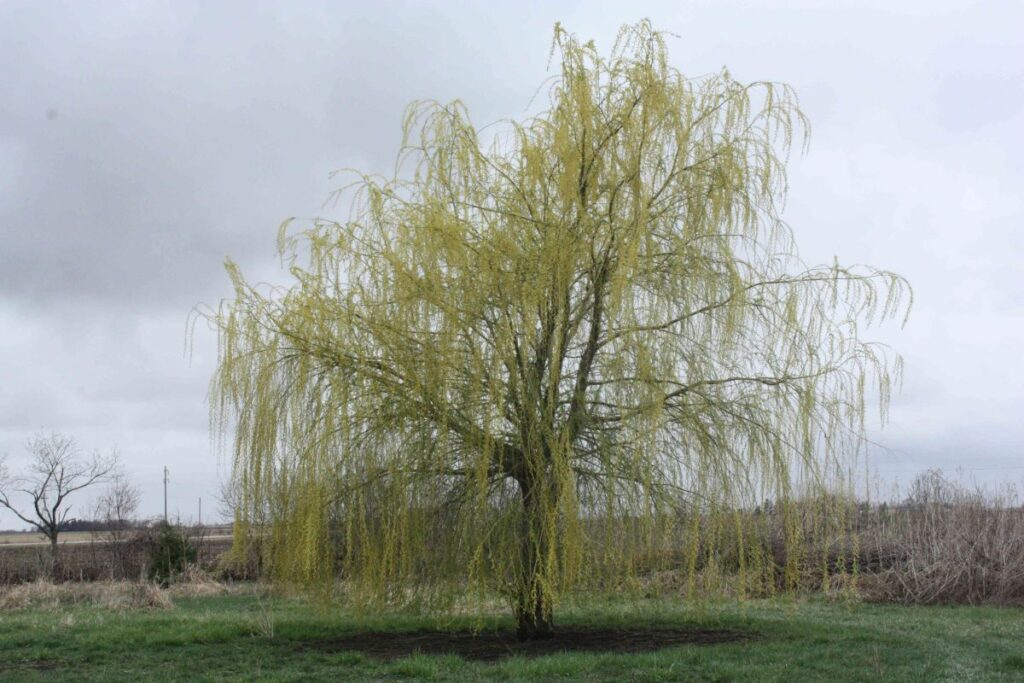
Here’s the good news. I am beginning to see signs, like the yellowing of the branches on our willow, that give me hope for the future. A neighbor transitioned an area that had been corn and soybeans to a perennial pollinator mix three years ago. As that planting has matured, I have noticed some encouraging signs. Flowering plants are returning to the ditches in our area, providing highways for a diverse set of pollinators to travel to and from that field and our farm.
This may seem to be a small thing at first, until you realize how this illustrates the power of the natural world to heal and bring life. We just need to give it the opportunity.
There are other signs that the tide may be turning. For the first time since we arrived at our small farm, cover crops were seeded in nearby fields in an effort to cover the soil during the cold months. I witnessed a group of row-crop farmers learning how to study the invertebrate life in their soils, looking for signs of health and considering ways to promote that life. I have listened while other farmers have begun talking about successful fields that feature prairie strips. I have witnessed discussions where longer crop rotations are being considered.
And I have seen evidence that more farmers would prefer to be stewards and that they understand there is more to growing than achieving the highest crop yield per acre. For the first time in a long time, I feel as if there are more growers who agree that we need to adapt our agriculture to the land, not the land to our agriculture.
I sense that more farmers are becoming increasingly frustrated with the industrial ag model and are looking for reasons to hope for a better future. They are more willing to consider farming solutions that embrace a diverse landscape and utilize more complex growing systems. I have seen their faces become more thoughtful when they consider the possibility that a successful field is a field we want to be in, rather than a barren plot that produces so many bushels per acre when it is propped up with synthetic fertilizers and pesticides.
Now we all need to work together so we can move away from today’s lifeless landscapes and move forward to fields we would all like to be in. We have the ability to reshape our national farm policies as we consider a new Farm Bill in the coming months. We can push for more controls on pesticides by promoting the ideas in PACTPA (Protect America’s Children from Toxic Pesticides Act). The natural world is ready to change with us, it’s just waiting for us to give it the opportunity to succeed.



